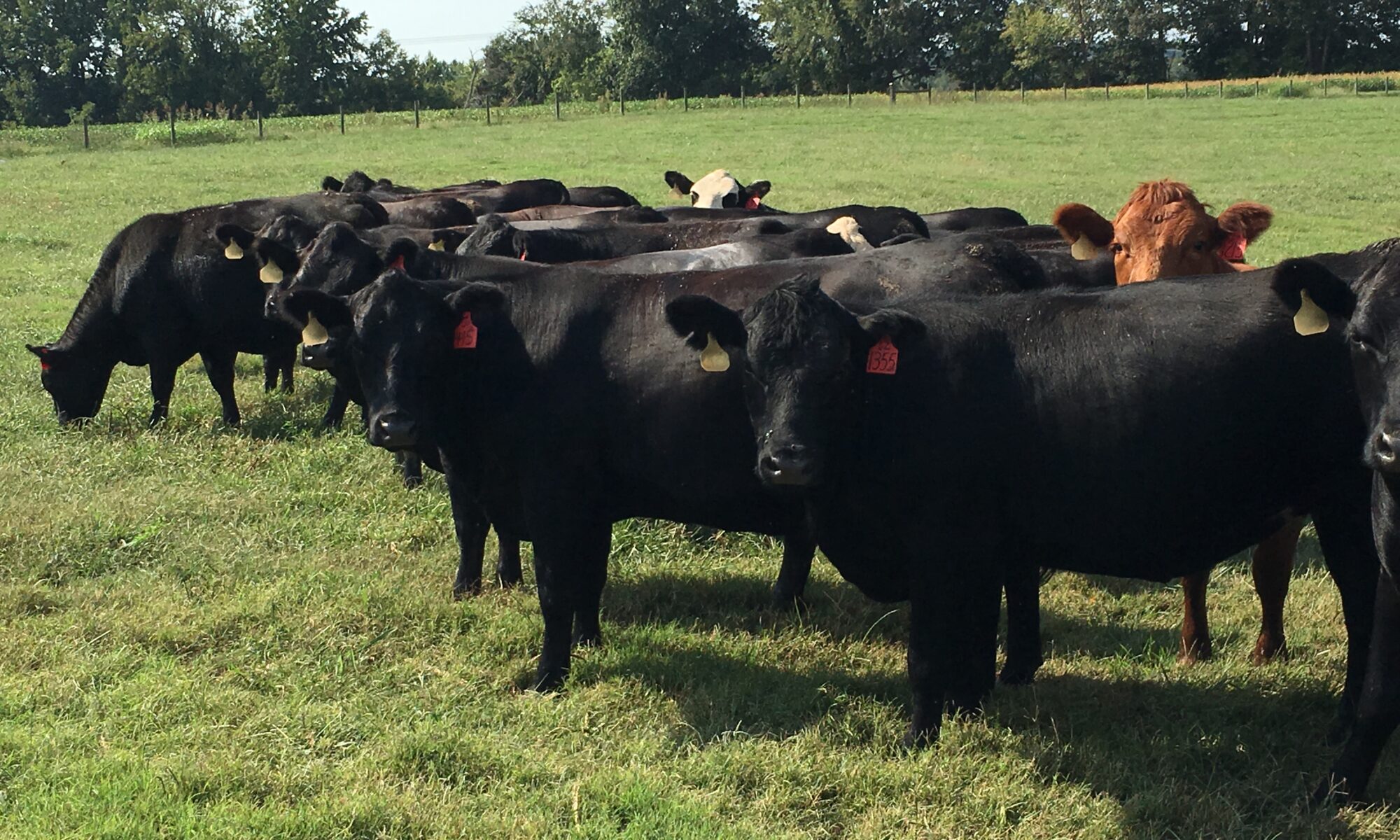

Dr. Andrew Griffith
Assistant Professor
Department of Agricultural and Resource Economics
P: 865-974-7480
Beef trade in 2022 was a record setter in several ways, but 2023 is not a mirror image of a year ago. Based on the first six months of the year, beef and veal exports in 2023 totaled 1.58 billion pounds compared to 1.79 billion pounds in 2022. Thus, the quantity of beef and veal exported has declined 11.4 percent the first half of 2023 when compared to the first half of 2022. On a value basis, the value of beef and veal exported the first six months of 2023 totaled $4.44 billion compared to $5.57 billion in the first six months of 2022, which is a 20.2 percent decline in value. On the import side of the equation, beef and veal imports the first half of 2023 totaled 1.86 billion pounds compared to 1.84 billion pounds in 2022, which represents a year-over-year increase of 0.8 percent.
It is fairly simple to explain the decrease in export quantity and the slight increase in import quantity. Beef and veal exports have declined and will continue to decline as domestic beef production declines and as beef prices continue to increase. The more expensive the product is to international consumers, the less they will purchase. Beef export partners will look to other countries to source their beef when prices are elevated.
Similarly, beef and veal imports have increased on a quantity basis due to reduced production and higher domestic beef prices. Imports will likely continue increasing compared to the previous year, because the demand for lean grinding beef is expected to outpace domestic supply compared to recent years. The domestic production of lean grinding beef will decline with the reduction in cow slaughter and reduced finished cattle slaughter, which bodes well for the need to import beef. Another factor that may contribute to increased beef imports is consumers shifting consumption from higher valued beef cuts to ground product as the price of beef items increase.
What is the meaning of decreasing exports and increasing imports? Is it good, bad, or indifferent for the domestic cattle business? When will the market reverse and more beef be exported and less beef imported? Will the increase in beef imports have a negative influence on the domestic market?
There is no great meaning to the changes in international trade other than the market is attempting to be as efficient as possible with the resources that are available. Every buyer of beef is attempting to secure product of a certain quality at the lowest price possible while the seller of a certain quality of product is attempting to sell at the highest price possible. Thus, as domestic beef prices increase then buyers can pay more for beef from international sources.
International beef trade is good for the domestic cattle industry. It allows United States producers to export higher valued beef to international markets that are demanding higher quality beef while providing a means for domestic buyers to purchase lower valued beef products that meet the needs of their customers. International trade will not occur at any great rate if there is no price difference in domestic and international product.
As United States cattle producers begin retaining more breeding females and increase the breeding herd, even less beef will be produced domestically. This will result in more imports and less exports. However, when beef production begins to increase, imports will likely soften while exports of beef increase. This leads into the question of how the domestic market will be impacted. In simple, total supply and demand of beef drive the cattle markets. If domestic producers can be efficient from a production standpoint and differentiate their beef product from international beef then beef imports will do no harm to the domestic market. U.S. beef is already differentiated as being high quality compared to the leaner beef most other countries produce.
In closing, this is not rocket science or brain surgery. Markets attempt to be as efficient as possible and that is part of the international beef market. The changes in domestic production influence imports and exports, which are further impacted by demand. Just like rain is a good thing. Trade is a good thing.